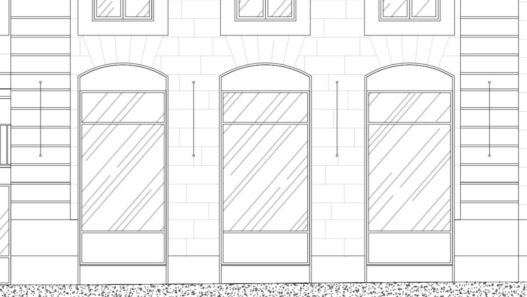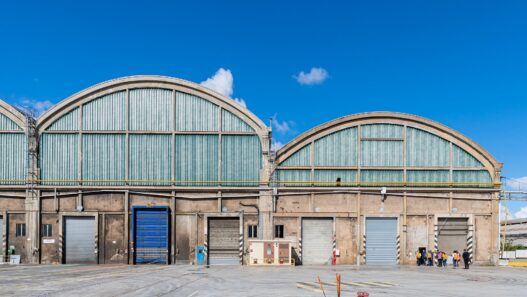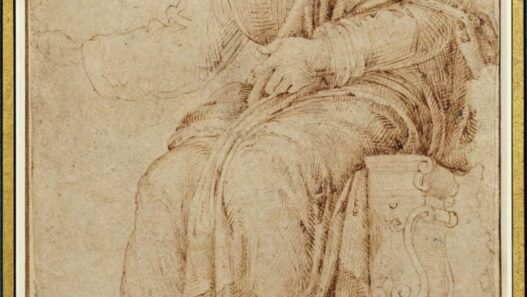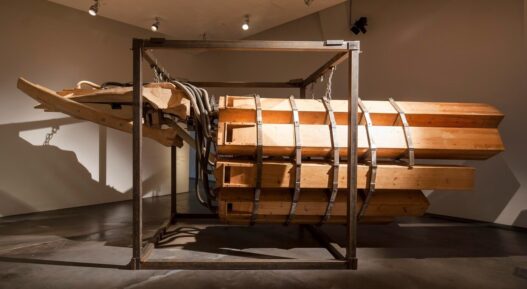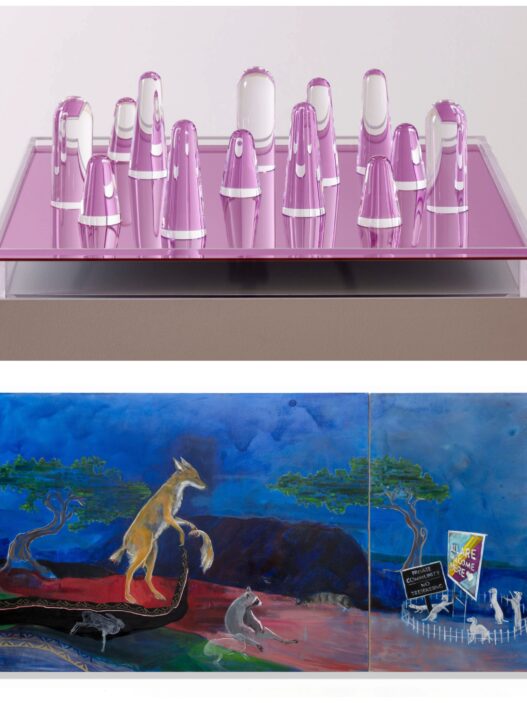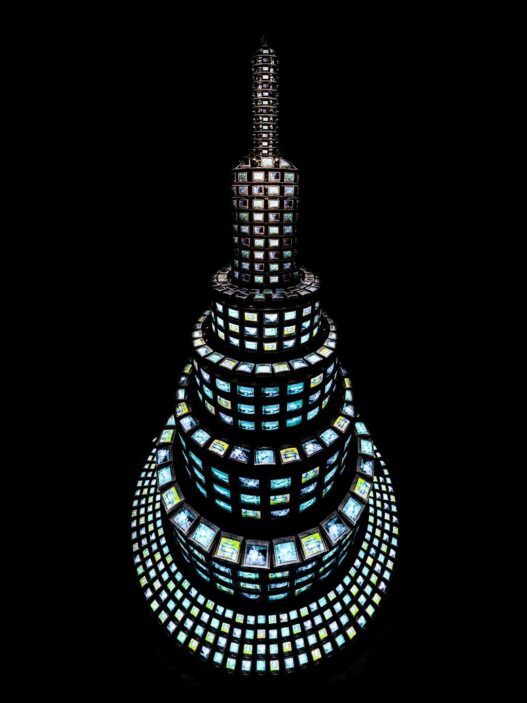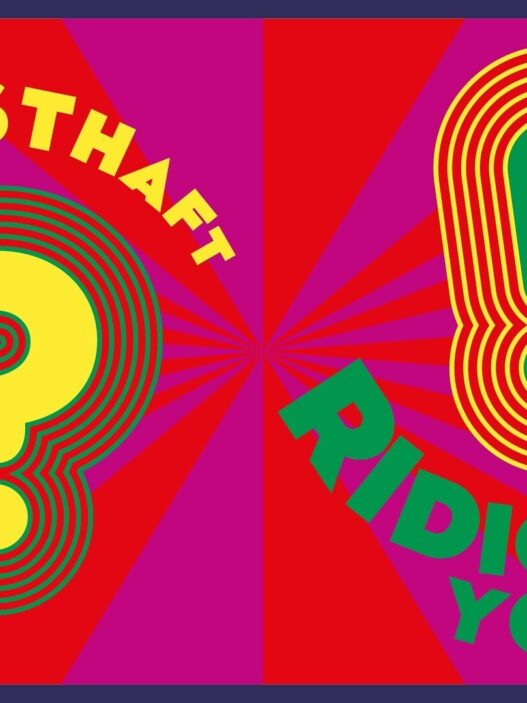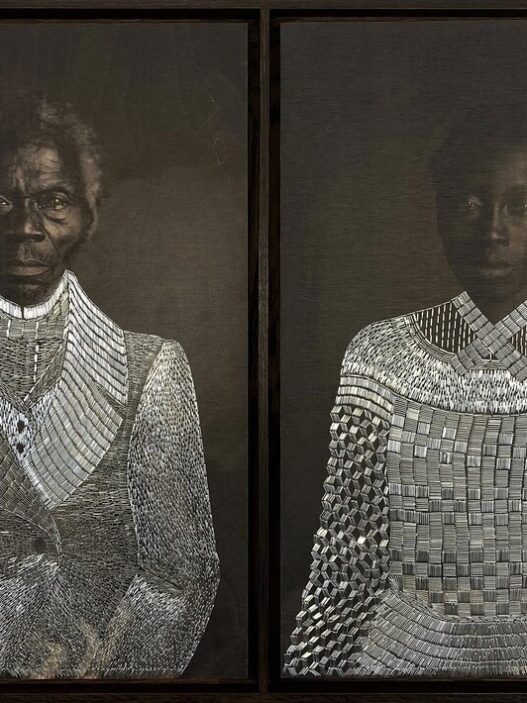November 11, 2022–February 26, 2023
Markus Copper (1968–2019) was a visual artist who specialized in large-scale sculptures that engulf their surroundings. The viewers’ bodies vibrate with the sounds, mechanical motions, and lights, drawing their attention. The retrospective, which debuts on November 11, 2022 in Helsinki’s Museum of Contemporary Art Kiasma, presents a selection of work that is both diverse and in-depth, showcasing Copper’s remarkable art and perspective. The show features works created between 1991 and 2018 that explore our time’s human tragedies and culture of collective pain.
The exhibition is organized by Kiasma curator Jari-Pekka Vanhala and museum director Leevi Haapala. A beautifully illustrated book on Markus Copper’s artwork will be released in conjunction with the show and was created in association with Parvs Publishing Company. The book presents several authors’ own viewpoints on the artist’s work.
Metaphors and a sense of danger
The Taste of Metal exhibition delves deeply into the contemporary human catastrophes and culture of collective trauma. The large-scale Estonia (2006) and Kursk (2004) depict the terror and anxiety that the Estonia auto ferry and Kursk’s sinking caused in the community. The 2009 sculpture Whaling Station, which is made of leather jackets sewn together into exterior ribs and a rowing boat, is destined to replicate a traditional depiction of the flensing of a whale.
Copper worked to evoke a sense of fear in his sculptures, especially in the beginning of his career. Some of his early works even included a level of genuine danger. A good example is Copper’s 1995 gift to his pals, Sixpack of Instant Death, which included six sculptures. The items were intended to detonate when connected. The missing parts of the work were found by the police in 2020 and have since been neutralized.
Iconic pieces and unknown works
Archangel of Seven Seas, a sculpture of a whale that is Copper’s best-known creation, is also featured in the exhibition (1998). The renowned artwork is one of the most treasured works in the museum and is currently a part of the Kiasma collection. A set of organ pipes from the church in Kotka that produce a low, rumbling “whale song” are an important part of the composition.
Numerous Copper’s creations have either been destroyed or lost. They are displayed in the exhibition as sketches, drawings, and written documentation. Kiasma has been successful in recovering and partially saving a number of pieces, including the sculptures Whaling Station (2006), South Pacific Execution (2007), and The Khyber Pass, with the assistance of the artist’s family and friends (2014). All of them have now been included to the Finnish National Gallery’s collection.
Additionally, Copper was a skilled and prolific draftsman. Several of his drawings, including his most recent suite, Roadside Picnic (2019), which is a part of the Kiasma collection, are on display. They are drawn from the collections of several museums. Rarely shown video documentaries about the artist from the 1990s are also featured in the exhibition.
Museum of Contemporary Art Kiasma
Mannerheiminaukio 2
FI-00100 Helsinki
Finland




